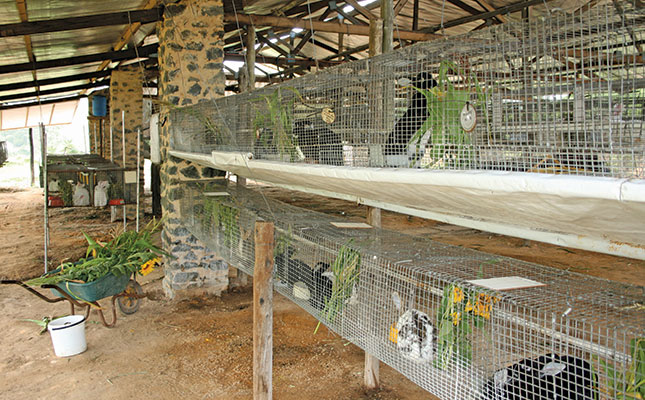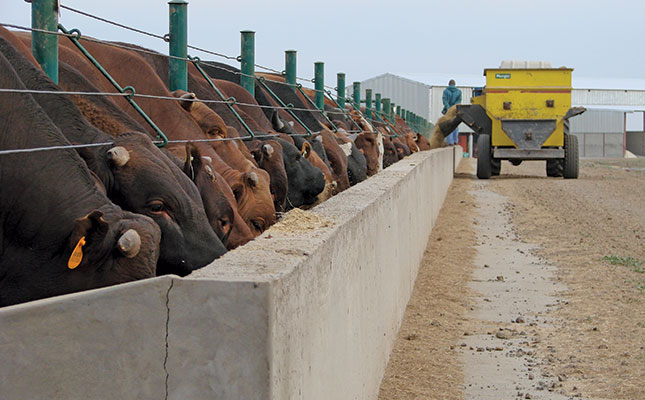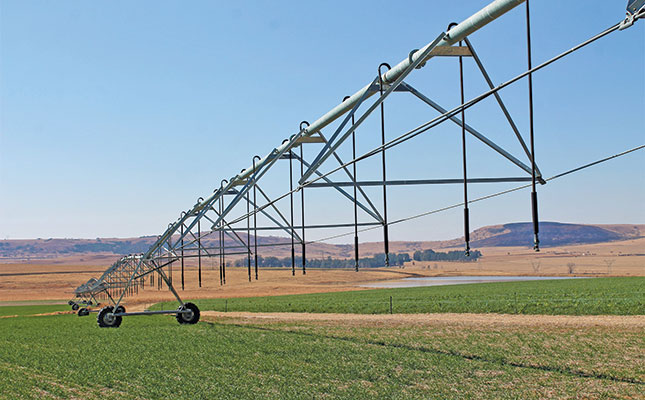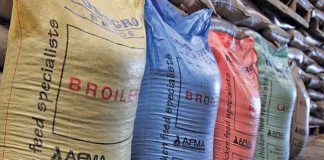
Photo: FW Archive
Farmed rabbits are usually housed individually in cages made of wire mesh or scrap wood.
The cages should be supported by poles or placed on old tyres or bricks to lift them off the ground. This will prevent the rabbits from digging their way out.
If using a wooden frame, place the wire mesh on the inside of the frame to prevent the rabbits from gnawing through it.
Each hutch should measure 80cm (length) x 60cm (width) x 60cm (height).
It should have a wire mesh floor with holes large enough for the droppings to fall through, but not so big that the rabbit’s feet get stuck in them. The droppings can be used as fertiliser.
The mother needs a nesting box about 38cm x 25cm x 25cm high to keep her young warm.
Make sure to protect the cages from the sun, wind and rain. You can even place them inside a shed, but this is not essential as rabbits tolerate cold better than heat.
It is important, however, that the location be quiet and safe from dogs, cats and rats.
The cages should be cleaned regularly and kept dry to prevent disease.
Good ventilation is crucial as rabbits need plenty of fresh air.
A rabbit will eat almost anything that grows in soil. Its diet can include lucerne, grass, green maize leaves, carrots, turnips, cabbage (not too much) and lettuce.
Do not feed cabbage to a lactating female as this can reduce milk production.
Rabbits also enjoy maize meal, porridge, bread, samp, weeds and the leaves of fruit trees.
Poisonous
Notwithstanding this varied diet, certain plants are toxic for rabbits. Potato and tomato leaves and rhubarb, for example, are a danger. Also, never feed rabbits greens that have wilted, food sprayed with pesticides, spoiled food or mouldy hay.
Feed the rabbits early in the morning and late in the afternoon. Most of the food should be given at the second daily feeding.
Finally, ensure that clean, fresh water is always available.
Source: Retrieved from daff.gov.za











